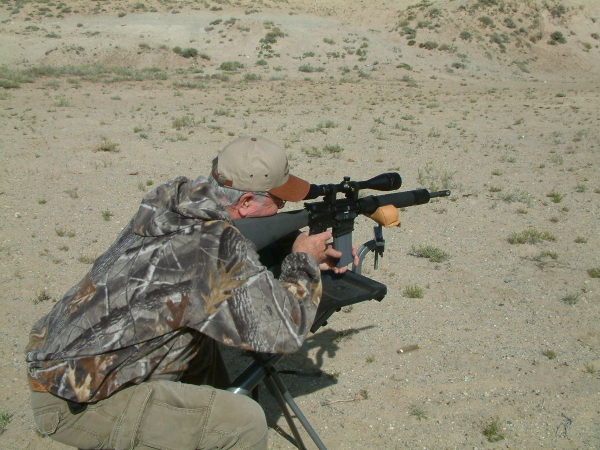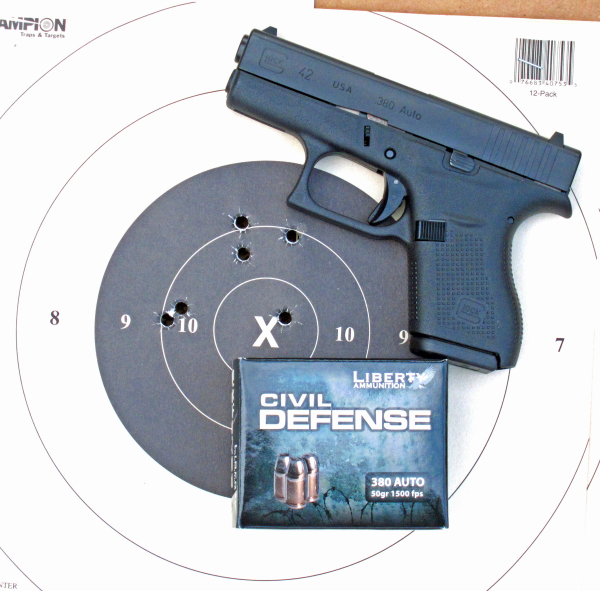When I can’t get out to the range and I tire of reading, I’ll wander into long form discussion programs – podcasts. I usually get moved to quickly return to reading or forcing myself out into the summer heat. This time I ran across an interesting piece, the premiere of the Primary and Secondary Modcast: Setting Up For the Wrong Mission.


From the well-remembered “Mission drives the gear train” motto from Pat Rogers, it occurred to Matt Landfair that people were often gearing their product acquisitions and training expenses to prepare for outlier events, something unlikely in their lives.
As Chris Baker noted, if you’re doing it for fun – an enjoyable respite from the drudgery of life – no problem. If your aim is to prepare for the somewhat more likely and just as tragic events, here’s the question for Normal Earth (non-gun) people™ who decide on armed self-defense: What do they need?
It’s a fair question and one that needs exploration. Part of the discussion involved questioning whether the old “3-3-3” canard was a real deal.
They determined that it was about as legit as anything -- but it’s not everything. So, what does ‘typical’ look like?
To start with, I fall back on personal examples. I’m armed at home. I don’t “stage” guns around at various places, I don’t seek out the latest biometric locker (not a terrible idea, generally), and I don’t go without.
If I’m up, I’m heeled. It’s that simple. I don’t live in a mansion. If someone enters the manse “in a forceful, tumultuous manner,” the person can be within touching distance within five- or six steps, mostly.
The staged gun will still be where it was when crime scene arrives to process the place.
As it is, surprised, I can be providing negative incentives in under 2 seconds. When I’m out and about, same. A person posting on social media showed the broken glass on his vehicle when he came “into the city” for treatment, listing the guns he’d have to replace.
If you can’t wear them where you’re going, don’t take them. It’s a good rule.
Follow it.

That person set up for the wrong mission. The “modcast” crew covered that, mentioning the regular carry of non-tiny 380s. These can include the G42, even the newer S&W Bodyguard 2.0, and, now, the even “newer” rendition of the Taurus M58. If you’re someone who gets pushed around by the small 9mm pistols, can’t or won’t carry a larger gun, or you have issues with recoil and running the gun, any of these can resolve that.
If you can shoot it … I’ll soon be checking that with a Kel-Tec P32, on the Wizard Drill. Why? Because I may have to, again, carry something marginal in the quest for discretion.
If you volunteer to provide security for your church, good on you. If you’re like the type mentioned by Chris Cypert and you figure you need no further firearms training beyond the concealed carry class mandated by your state, you may want to check this out.

There are those who think passing the LTC qual means you’re competent to carry when providing church security. As mentioned, one of the more “difficult” LTC quals – Texas -- was passed by Chris Baker while blindfolded. And like most state LTC quals, TX requires no drawing from a holster, concealed or otherwise. No one’s arguing they should, but being responsible for the lives of others in a crowded sanctuary is daunting for the well trained – let alone those who don’t know what they don’t know.
I was particularly drawn into this part of the discussion: we need to be able to articulate truths with nuance; not all shooters need to be “B” class USPSA or better.
It’s not bad – in fact, coming out for competition and sporting uses is good generally. Not all are going to be able – or willing – to do that. Chris Cypert elaborated with an example.
What about the age 30-40s divorced mom who shot with granddad once in her teens – she doesn’t like guns, she will never be a firearms enthusiast, but she does realize the utility of the gun in her role as the sole protector of her family?
What do we give her for preparation? That’s where we need to go. And he’s right.

Claude Werner has moved the needle on this with his rendition of the 5^5x5, a variation of the gun-fit drill by Gila Hayes.
Cypert proposes a pair of aspects to approach a speed/accuracy balance to competency.
1. Draw to a hit inside two seconds – 8” circle
2. Followed with splits in/around .5 second -- making a conscious decision to fire each shot, shooting in assessment time.
That’s not a bad start. There’s a lot going into it.
How to load/unload (not “Make safe.” Is gun; is NOT safe.)
How to holster the gun safely.
How to draw to the eye/target line.
How to fire a single, accurate hit.
How to assess the effect of the hit.
How to safely put the gun away – reholstering.
We can go a long way down the rabbit hole, but I think a lot of this has been approached before.
— Rich Grassi